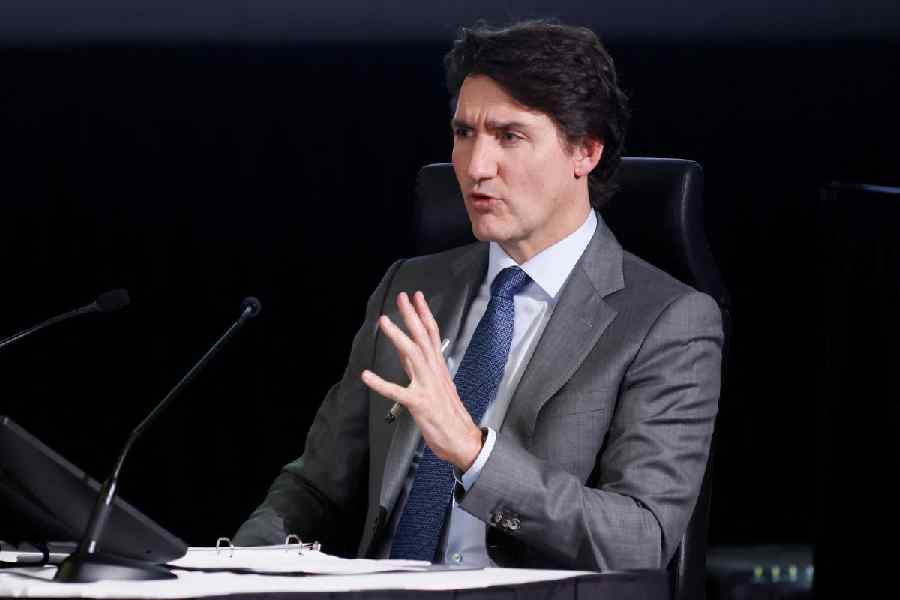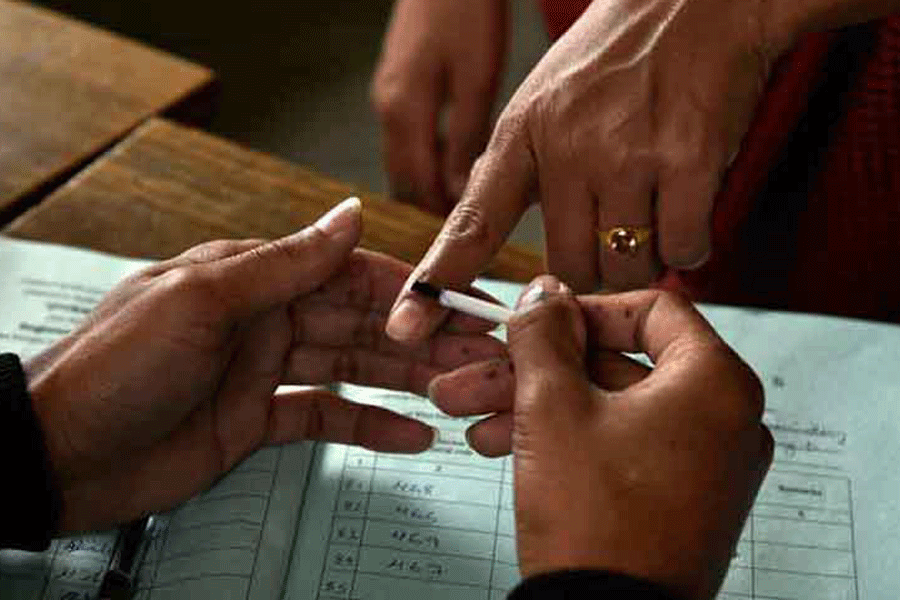The results of the consumption expenditure survey of Indian households were released late last month, 11 years after the previous one. A quinquennial exercise until 2011-12, the process was disrupted after the government shelved the 2017-18 survey. Such surveys capture the monthly consumption expenditure per person across different income groups and geographies at regular intervals. The basic purpose is measurement and monitoring of poverty, calculation of the national accounts, and inputs for constructing the consumer price indices. The broader context, therefore, is that they provide essential information about the economic well-being and advancements in living standards of Indian households. In that sense, they complement the picture on consumption trends seen from annual macroeconomic accounts. From the standpoint of economic policies, they are significant for welfare, taxation and spending decisions, that is, for fiscal policy choices and monetary policy.
This wide-ranging functionality and the long gap since the last consumption expenditure survey explain why the latest round conducted over August 2022-July 2023 has attracted much interest and discussion. Many economists and analysts have broken down the limited facts shared by the national statistical agency, which will later publish the detailed report. When considering the insights on changes in consumer spending patterns since 2011-12, it must be noted the two surveys are not strictly comparable due to differences in coverage, methodology and mode as important markers. Nonetheless, there is merit in seeing the evolution of rural and urban consumer expenditures, which is what most commentators have done.
Summarily, the survey shows broadly similar growth rates in monthly spending per person across rural and urban households — the latter marginally slower — when compounded over 11 years, irrespective of whether it is adjusted for inflation. Overall, both consumer groups now spend proportionately less on food and related items, with a larger decline in the rural share. Crediting values for social transfers — that is, free goods like food grains, computers or tablets, mobile phones, bicycles, clothing, footwear and so on — raises the monthly consumption spending per person by ~20-30 basis points, chiefly for rural households. Cereals, rice, wheat and other grain staples form significantly lower fractions of food budgets as well; here, the rural-urban gap has narrowed significantly since 2011-12. Instead, spending on milk and its derivatives is now almost the same as the share of cereals.
That said, the per person share of expenditure on food relative to the value of total expenditure in 2022-23 (46% and 39% for rural and urban households, respectively) accords with patterns observed in the group of low-income countries. At a national average of 42.5%, Indian households also spend a significantly bigger proportion of their budgets on food compared to peers like China and Brazil (21% and 16.3%, respectively, as per the Economic Research Service of the United States Department of Agriculture), whose per capita incomes are nearly five- and four-fold that of India’s at current prices in US dollars (World Economic Outlook database, International Monetary Fund).
Spending lesser proportions on food frees up the disposable income of households for other essential expenses like education, healthcare and so on, and for non-essential or discretionary ones like durable goods. Some changes here are a puzzle. At the outset, there is a significant rise in conveyance expense shares across the two groups since 2011-12; this is two and half times the rise over the previous comparable period (that is, 1999-00 to 2011-12) for rural households and 1.3 times for urban ones. Undoubtedly, vehicle ownership has risen as confirmed by production and sales data. This is combined with higher costs of fuels that have been progressively less subsidized. Higher conveyance expenditure also seems to have dented spending on other consumer services, where the monthly spending shares inched up marginally for urban households in 11 years while moving up only a percentage point for rural ones.
A counterintuitive finding is the reduction in education expenditure share in either part of India. Here, the drop amongst urban households (-1.2 percentage points) is thrice that in the rural group. Put differently, in a longer time frame of 22 years since the 1999-2000 consumer expenditure survey, the proportionate expenditure of rural and urban groups on education relative to their total monthly expenditure rose only 1.3 and 1.4 percentage points, respectively. Alongside these aberrations, there are also standard changes seen in the course of economic development, in which discretionary spending shares upon durable goods and so on tend to increase with rising incomes. In this regard, rural families are steadily catching up with their urban peers, with the trend of narrowing expenditure gaps maintained in this millennium.
Because of its macroeconomic significance — private final consumption expenditure, with ~three-fifth share, dominates India’s demand base — the match between aggregate and micro trends matters. Here, the divergence between the national accounts and the household consumption expenditure survey is large, close to 50%. There is thus an enormous inconsistency as the per capita aggregate private final consumer expenditure paced faster in both nominal and real terms than the survey-measured growth rate during 2011-12 to 2022-23. To be sure, the national accounts-household survey divergence has long been there and is not uncommon elsewhere. However, the significant point here is the steady enlargement of this differential, its stickiness after 2011-12. This matters in gauging poverty levels.
It also mystifies the accurate evaluation of demand trends. The evolution of income and savings aggregates illuminates the confusion. In the 11-year reference period, the share of gross savings in gross disposable income steadily came down, standing 4 percentage points lower by the end of the period or 2022-23. Therefore, households increasingly saved less and spent higher extents of their disposable incomes, or the money in their hands after paying taxes and adding transfers. At the same time, they also borrowed more as seen from the 17.4% compounded annual growth in their financial liabilities in 11 years, with a 1.7 times annual rise in borrowings in 2022-23 alone. The macro picture is that Indian households are more indebted and have increasingly dipped into their savings to consume more or maintain their standards of living, altogether pressuring their incomes.
Hopefully, the second of two consecutive surveys that were initially to be conducted in 2020-21 and 2021-22 but had to be deferred to 2022-23 will shed more light.
Renu Kohli is an economist with the Centre for Social and Economic Progress, New Delhi










